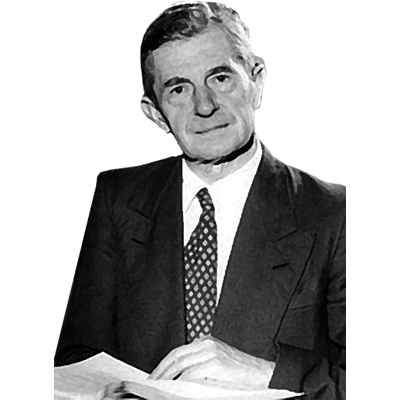Sydney Chapman

Sydney Chapman, the world's top space scientist, was nearing Oxford University's mandatory retirement age of 65 in 1950. But he wasn't ready to retire.
So, after meeting William Wilson, the University of Alaska Geophysical Institute's interim director, Chapman joined the institute as advisory scientific director. He began spending a few months a year on the Fairbanks campus.
Chapman's affiliation with the institute was an enormous academic coup.
"He alone was capable of putting the Geophysical Institute and the University of Alaska on the map of the scientific world, and he was doing just that," wrote Neil Davis, a UA alumnus, professor emeritus and author of "The College Hill Chronicles."
Nearly a decade after Chapman arrived, incoming UA President William R. Wood offered a tip of the hat to the scientist in his inaugural address. Where but in Alaska could a university employ "a world-famous scientist with a special alarm system to awaken him whenever the aurora borealis flashes across our northern skies?" Wood asked.
Chapman "was arguably one of the greatest scientists of the twentieth century," wrote Syun-Ichi Akasofu in 2011. Akasofu was a student of Chapman's at UAF who went on to direct the Geophysical Institute from 1986-1999. "His comprehensive work on the kinetic theory of gases and solarterrestrial physics, as well as on the mechanisms behind the formation of Earth's ozone layer, has inspired a wide swath of research spanning several generations."
The Geophysical Institute, originally housed in the building just west of today's Wood Center, moved to its present-day location in the Elvey Building on West Ridge in 1970, the year Chapman died. The original building is still named for him.
More online about Sydney Chapman:
- A discussion of Chapman's scientific accomplishments (PDF) written by Syun-Ichi Akasofu and published in the American Geophysical Union's journal Eos in 2011
- A tribute written by then-Geophysical Institute Director Keith Mather after Chapman's death
- A biography from the MacTutor History of Mathematics archive, School of Mathematics and Statistics, University of St. Andrews, Scotland
